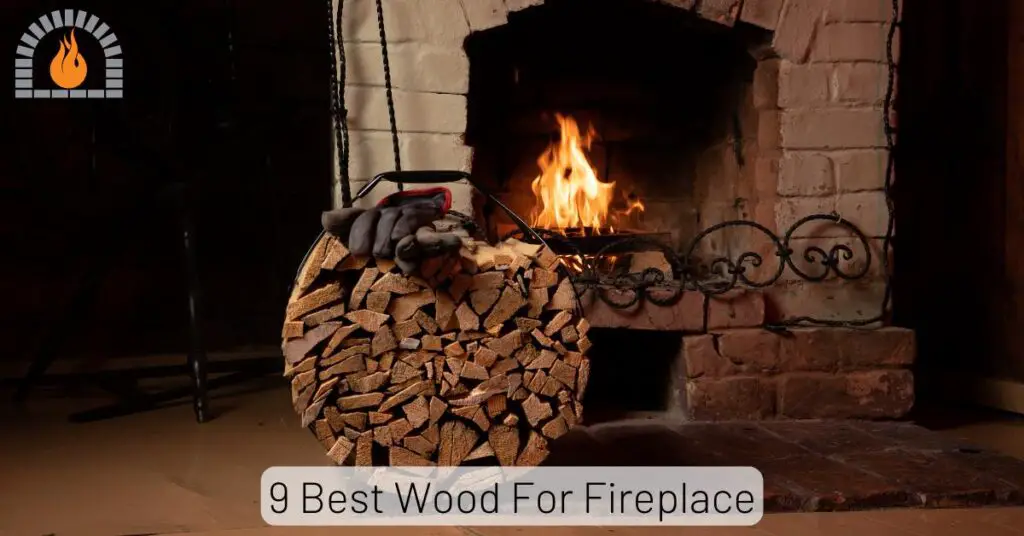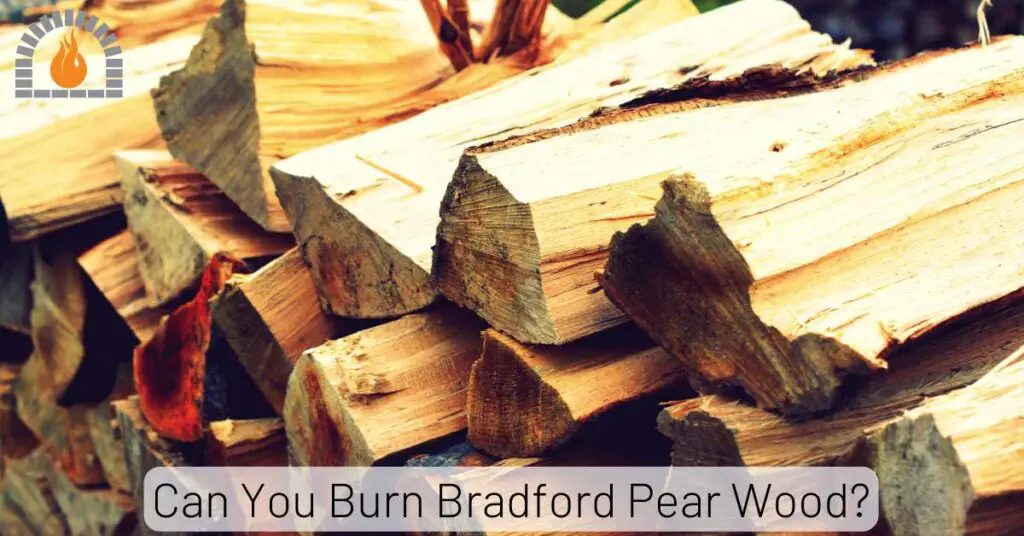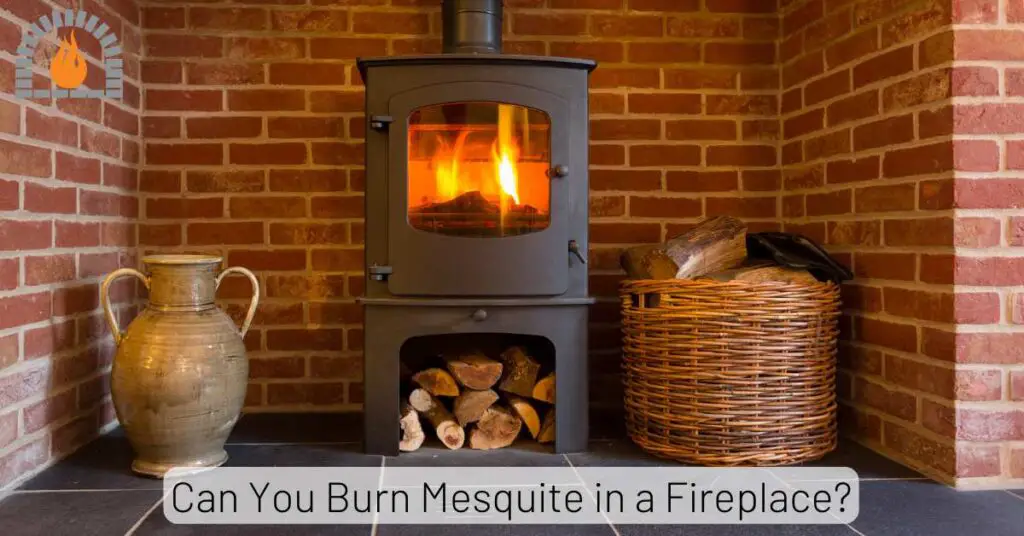Seasoning is simply the drying process of firewood. After a tree is cut down, its wood is loaded with internal moisture. That water content needs to evaporate before the wood can burn efficiently. Before considering firewood seasoning time chart, the length of time this takes depends on several factors, including wood type, climate, and storage methods.
Freshly cut or “green” firewood typically contains anywhere from 40% to 60% water by weight. For wood to burn properly, the moisture content should be under 20%. At this level, the wood ignites more easily, produces less smoke, and generates more heat per log.
There are two main ways to season wood: air drying and kiln drying. Air drying is the traditional method, where wood is split, stacked, and left to dry naturally over time. Kiln drying, on the other hand, uses controlled heat and airflow in a large chamber to speed up the process, reducing drying time from months—or even years—to just a few days or weeks.
Think of firewood seasoning like aging wine or cheese. It’s a process of patience and transformation. While it might be tempting to rush and burn freshly cut logs, waiting for wood to season pays off in efficiency, safety, and overall enjoyment of your fire.
Hardwood Firewood Seasoning Time Chart
| Species | Density (kg/m³) | Green MC (%) | Air drying (months) | Kiln drying (days) | Target MC (%) | Energy (MJ/kg dry) |
|---|---|---|---|---|---|---|
| Oak (White/English) | 720 | 60–65 | 18–24 | 10–14 | 18 | 19.0 |
| Red Oak | 700 | 60–65 | 16–22 | 9–14 | 18 | 18.8 |
| Ash (White) | 680 | 50–60 | 6–12 | 4–7 | 15–18 | 19.5 |
| Beech | 720 | 55–60 | 12–18 | 7–12 | 18 | 19.5 |
| Sugar Maple | 700 | 50–60 | 12–18 | 6–10 | 18 | 19.2 |
| Birch (Yellow / Paper) | 650 | 50–60 | 8–12 | 5–8 | 18 | 18.5 |
| Cherry | 630 | 50–55 | 8–12 | 5–8 | 18 | 18.3 |
| Hickory | 820 | 55–60 | 18–24 | 10–14 | 18 | 20.0 |
| Walnut | 640 | 50–55 | 12–18 | 7–10 | 18 | 19.0 |
| Elm | 600 | 55–65 | 12–20 | 8–12 | 18–20 | 17.5 |
| Poplar / Aspen | 430 | 55–60 | 6–9 | 3–6 | 18–20 | 16.5 |
| Apple | 700 | 45–55 | 10–14 | 6–10 | 18 | 19.0 |
| Pear | 690 | 45–55 | 10–14 | 6–10 | 18 | 19.0 |
| Olive | 900 | 40–50 | 12–18 | 7–12 | 18 | 20.5 |
| Chestnut | 540 | 50–60 | 8–12 | 5–9 | 18 | 17.5 |
| Black Locust | 900 | 40–50 | 12–18 | 7–12 | 18 | 20.5 |
| Mesquite | 880 | 30–40 | 8–14 | 5–9 | 18 | 20.5 |
| Eucalyptus | 700–900 | 40–60 | 10–18 | 6–12 | 18 | 19.5 |
| Teak | 650–700 | 45–55 | 12–18 | 7–12 | 18 | 19.0 |
| Iroko | 700–750 | 45–55 | 12–18 | 7–12 | 18 | 19.0 |
| Mahogany (various) | 600–700 | 40–55 | 12–18 | 7–12 | 18 | 19.0 |
| Acacia (Black/Robin) | 800 | 35–50 | 10–16 | 6–10 | 18 | 20.0 |
| Walnut (Black) | 640 | 50–55 | 12–18 | 7–10 | 18 | 19.0 |
| Catalpa | 420 | 50–60 | 6–10 | 3–6 | 18–20 | 16.5 |
| Sycamore / Plane | 560 | 55–65 | 10–16 | 6–10 | 18 | 17.8 |
| Cottonwood | 420 | 55–60 | 6–9 | 3–6 | 18–20 | 16.0 |
| Linden / Basswood | 450 | 50–60 | 6–10 | 3–6 | 18–20 | 16.5 |
| Hornbeam / Ironwood | 780 | 50–55 | 14–20 | 8–12 | 18 | 19.8 |
| Alder | 520 | 50–55 | 6–10 | 3–6 | 18 | 17.0 |
| Plum | 650 | 45–55 | 8–12 | 5–8 | 18 | 18.8 |
| Persimmon | 900 | 40–50 | 12–18 | 7–12 | 18 | 21.0 |
| Beech (European) | 720 | 55–60 | 12–18 | 7–12 | 18 | 19.5 |
| Sugar Gum | 800 | 40–50 | 10–16 | 6–10 | 18 | 20.0 |
| Maple (Norway/Red) | 650–700 | 50–60 | 10–16 | 6–10 | 18 | 18.8 |
| Dogwood | 900 | 35–45 | 10–16 | 6–10 | 18 | 21.0 |
| Laurel (Bay) | 640 | 45–55 | 8–12 | 5–9 | 18 | 18.5 |
| Boxwood | 1100 (!) | 30–40 | 12–18 | 7–14 | 18 | 22.0 |
| Palm (certain species) | 460 | 45–55 | 8–12 | 5–8 | 18 | 16.0 |
| Ironwood (various) | 900–1100 | 35–50 | 12–18 | 7–14 | 18 | 21.0 |
| Laurel Oak | 650 | 50–60 | 12–18 | 7–12 | 18 | 18.5 |
| Hackberry | 620 | 50–60 | 10–16 | 6–10 | 18 | 17.8 |
| Locust (Honey) | 700–800 | 40–50 | 10–16 | 6–10 | 18 | 20.0 |
| Sapele | 650 | 45–55 | 12–18 | 7–12 | 18 | 19.0 |
| Rosewood (various) | 800–1000 | 35–45 | 12–18 | 7–12 | 18 | 20.5 |
| Mahogany (African) | 640–700 | 45–55 | 12–18 | 7–12 | 18 | 19.0 |
| Tamarind | 900 | 35–45 | 10–16 | 6–10 | 18 | 20.5 |
| Ginkgo (rare) | 560 | 50–60 | 10–16 | 6–10 | 18 | 17.5 |
| Sissoo / Indian Rosewood | 750 | 40–50 | 10–16 | 6–10 | 18 | 20.0 |
| Whitebeam | 600 | 50–60 | 10–16 | 6–10 | 18 | 18.0 |
| Prunus serotina (Black Cherry) | 640 | 50–55 | 10–14 | 6–10 | 18 | 18.5 |
Softwoods Firewood Seasoning Time Chart
| Species | Density (kg/m³) | Green MC (%) | Air drying (months) | Kiln drying (days) | Target MC (%) | Energy (MJ/kg dry) |
|---|---|---|---|---|---|---|
| Pine (General) | 430–560 | 50–60 | 6–12 | 3–7 | 18–20 | 17.5 |
| Scots Pine / Red Pine | 500 | 50–60 | 6–12 | 3–7 | 18 | 17.5 |
| White Pine | 430 | 50–60 | 6–10 | 3–6 | 18–20 | 16.8 |
| Spruce | 420–450 | 50–60 | 6–10 | 3–6 | 18–20 | 16.5 |
| Fir (Douglas) | 450 | 50–60 | 6–10 | 3–6 | 18 | 17.0 |
| Larch | 600 | 45–55 | 8–12 | 4–8 | 18 | 17.8 |
| Cedar | 320–450 | 45–55 | 6–9 | 3–6 | 18 | 17.0 |
| Hemlock | 410 | 50–60 | 6–10 | 3–6 | 18–20 | 16.5 |
| Douglas-fir | 480 | 50–60 | 6–10 | 3–6 | 18 | 17.2 |
| Cypress | 560 | 45–55 | 8–12 | 4–8 | 18 | 17.5 |
| Redwood | 430 | 50–60 | 6–12 | 3–7 | 18–20 | 16.5 |
| Yew | 600 | 45–55 | 8–12 | 4–8 | 18 | 18.0 |
| Loblolly Pine | 520 | 50–60 | 6–12 | 3–7 | 18 | 17.5 |
| Longleaf Pine | 650 | 40–55 | 8–12 | 4–8 | 18 | 18.0 |
| Jack Pine | 430 | 50–60 | 6–10 | 3–6 | 18 | 16.8 |
| Sitka Spruce | 410 | 50–60 | 6–10 | 3–6 | 18 | 16.5 |
| Norway Spruce | 430 | 50–60 | 6–10 | 3–6 | 18 | 16.5 |
| Pinon Pine | 560 | 45–55 | 8–12 | 4–8 | 18 | 17.8 |
| Spruce-Fir (mix) | 420–480 | 50–60 | 6–10 | 3–6 | 18 | 16.8 |
| Tamarack (Larch) | 600 | 45–55 | 8–12 | 4–8 | 18 | 17.8 |
| Hemlock (Pacific) | 440 | 50–60 | 6–10 | 3–6 | 18 | 17.0 |
| Redwood (Sequoiadendron) | 420 | 50–60 | 6–12 | 3–7 | 18–20 | 16.5 |
| Eucalyptus (some soft species) | 600–800 | 40–60 | 8–16 | 5–12 | 18 | 19.0 |
| Cypress (Taxodium) | 560 | 45–55 | 8–12 | 4–8 | 18 | 17.5 |
| Black Spruce | 420 | 50–60 | 6–10 | 3–6 | 18 | 16.5 |
| Redwood (coastal) | 420 | 50–60 | 6–12 | 3–7 | 18–20 | 16.5 |
| Eastern White Cedar | 420 | 45–55 | 6–9 | 3–6 | 18 | 16.8 |
| Monk’s Pine / Aleppo Pine | 520 | 50–60 | 6–10 | 3–6 | 18 | 17.0 |
| Arborvitae | 450 | 45–55 | 6–9 | 3–6 | 18 | 16.8 |
| Sitka Hemlock | 440 | 50–60 | 6–10 | 3–6 | 18 | 17.0 |
| Douglas Pine (common name mix) | 480 | 50–60 | 6–10 | 3–6 | 18 | 17.2 |
| Scotch Pine | 500 | 50–60 | 6–12 | 3–7 | 18 | 17.5 |
| Western Red Cedar | 370 | 45–55 | 6–9 | 3–6 | 18 | 16.5 |
| White Spruce | 420 | 50–60 | 6–10 | 3–6 | 18 | 16.5 |
| Norway Pine (Scots) | 500 | 50–60 | 6–12 | 3–7 | 18 | 17.5 |
| Baltic Pine | 520 | 50–60 | 6–12 | 3–7 | 18 | 17.5 |
| Monkey Puzzle (Araucaria) | 530 | 45–55 | 8–12 | 4–8 | 18 | 17.8 |
| Redwood (florida) | 420 | 50–60 | 6–12 | 3–7 | 18–20 | 16.5 |
| Ponderosa Pine | 420–520 | 45–55 | 6–10 | 3–6 | 18 | 17.0 |
| Balsam Fir | 380 | 50–60 | 6–10 | 3–6 | 18 | 16.4 |
| Engelmann Spruce | 420 | 50–60 | 6–10 | 3–6 | 18 | 16.5 |
| Northern White Cedar | 420 | 45–55 | 6–9 | 3–6 | 18 | 16.8 |
| Southern Yellow Pine | 620 | 45–55 | 8–12 | 4–8 | 18 | 18.0 |
| Redwood (other) | 420 | 50–60 | 6–12 | 3–7 | 18–20 | 16.5 |
| Fir (other) | 400–480 | 50–60 | 6–10 | 3–6 | 18 | 16.8 |
| Sequoia (other) | 420 | 50–60 | 6–12 | 3–7 | 18–20 | 16.5 |
| Spruce-Pine-Fir (SPF mix) | 420–520 | 50–60 | 6–10 | 3–6 | 18 | 16.8 |
| Paperbark (Melaleuca) | 520 | 45–55 | 6–10 | 3–6 | 18 | 17.2 |
| Monterey Pine | 520 | 50–60 | 6–10 | 3–6 | 18 | 17.5 |
| Cypress (other) | 500–600 | 45–55 | 8–12 | 4–8 | 18 | 17.5 |
Guidelines
- Stacking: Stack wood off the ground, bark-side up for outdoor air drying; allow cross-flow of air; cover only the top (not sides) to avoid trapping moisture.
- Split size: Smaller split = faster drying. For dense hardwoods (oak, hickory) split to 5–10 cm sections.
- Splitting vs round logs: A 10–15 cm split dries much faster than a 20–30 cm round.
- Climate effects: In humid or cold climates air drying takes longer — assume +25–50% more time in cool/humid regions.
- Kiln vs air: Kiln drying speeds up seasoning dramatically (days to weeks) and can be controlled to avoid checking (cracks) but costs energy. Kiln schedules vary by species and log size.
- Moisture measurement: Use a reliable moisture meter and measure near the core of a split piece. Aim for ≤20% for indoor woodstoves; 15–18% ideal for best combustion and minimal creosote.
- Storage: Keep split wood for at least a few weeks after chopping before indoor use to let surface moisture equalize.
- Safety: Resinous softwoods (many pines) ignite quickly and can increase creosote in chimneys; burn them mixed with hardwoods and ensure chimney cleaning schedule.
You May Also Like To Read:
Affiliate Disclosure: Fireplaceadviser.com is a participant in the Amazon Services LLC Associates Program. We may earn a commission when you click on certain links on this site and purchase.

Hello!! I am Jamal Khan. I often fix my home electric heaters and gas stove problems and research the common issues in the heating units to improve my knowledge and expertise. The aim of establishing fireplaceadviser.com is to share my expertise and knowledge with my audience.















